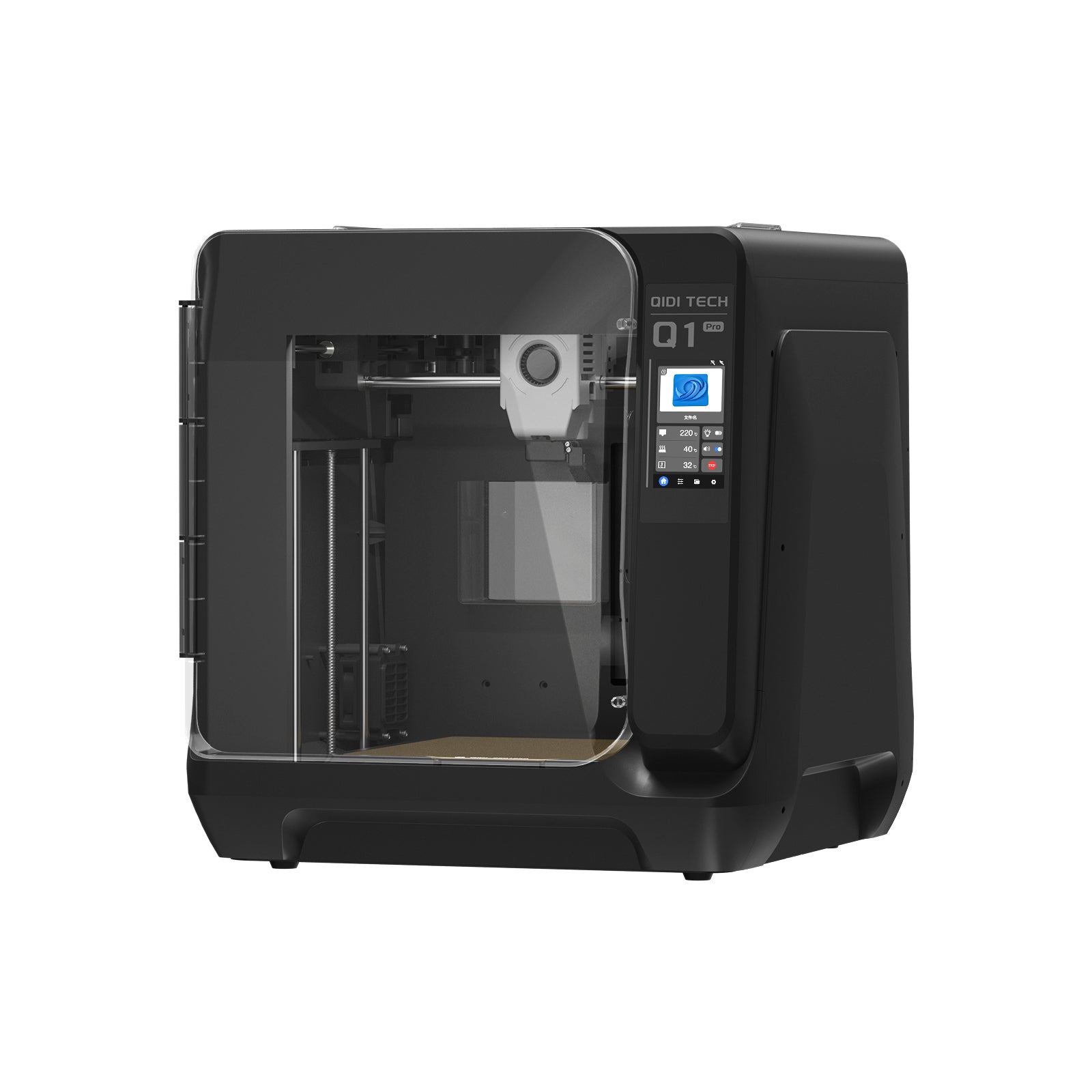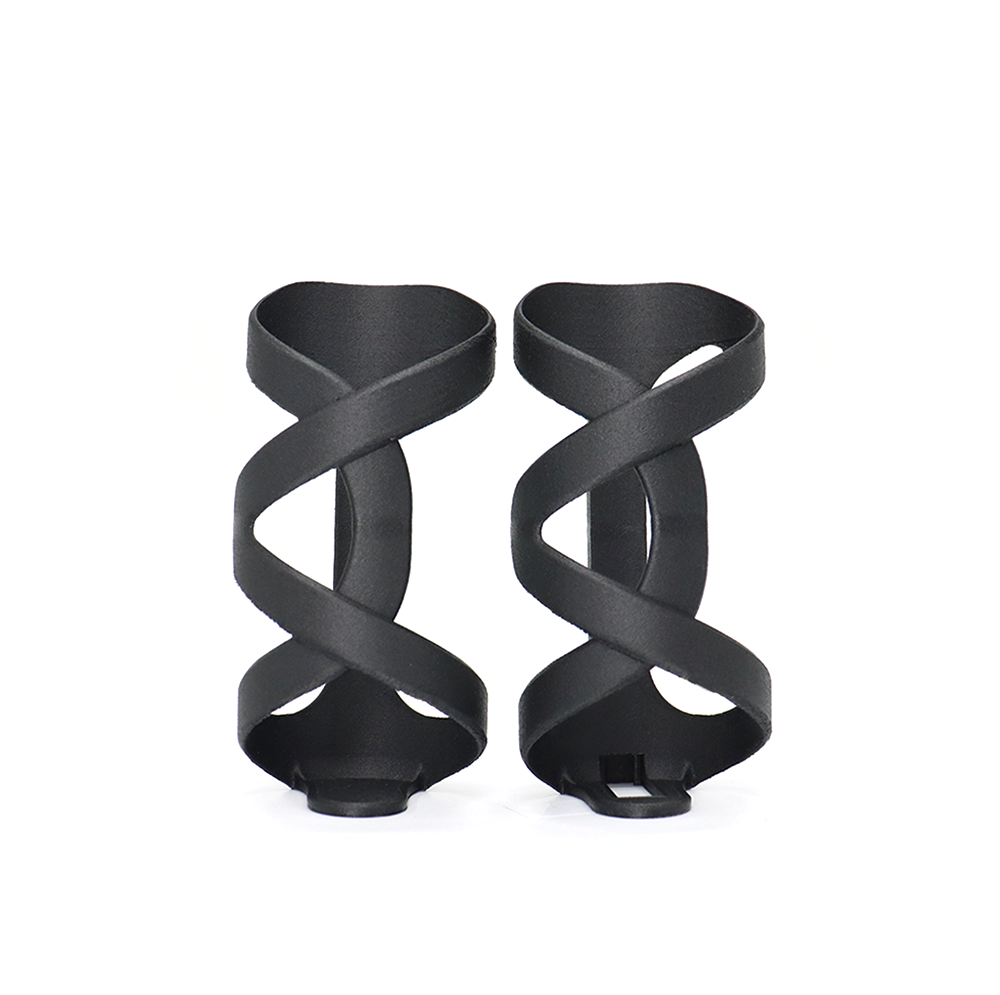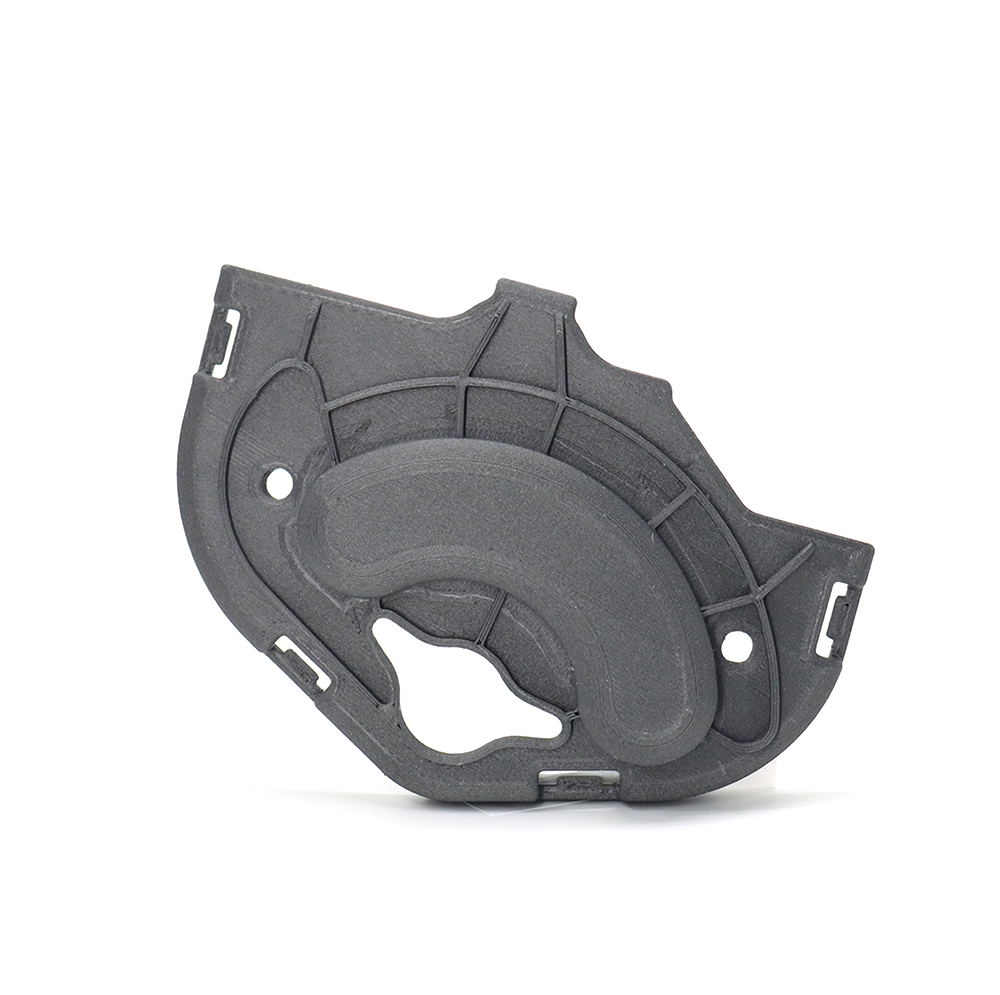QIDI PLA Rapido Silk 3D Printer Filament
Metal Surface Texture | No Warpage | Tangle-free | Smooth Printing


QIDI PLA Rapido Silk Filament Advantage
High Clossy Silk Texture


High Toughness
Repeated bending, not easy to brittle break. Have better durability


Product Size
QIDI PLA Rapido Silk filament 1.75mm. Works perfectly with most FDM 3Dprinters on the market.


Accessory Compatibility
| Recommended | Not Recommended | |
| Build Plate | QIDI PEI Plate, HF Plat, PC Plate and Smooth Plate | / |
| Hotend | Brass/Copper plated Nozzle (0.2/0.4/0.6/0.8 mm) Bimetal Nozzle ( 0.4 / 0.6 / 0.8 mm) | Hardened Steel Nozzle ( 0.4 / 0.6 / 0.8 mm) |
| Glue | Glue Stick/ 3D LAC adhesive spray | / |
| Recommended Printing Settings | |
| Drying Settings (Blast Drying Oven) | 50 °C,4-6 h |
| Printing and Keeping Container's Humidity | < 15% RH (Sealed, with Desiccant) |
| Nozzle Temperature | 210 - 230 °C |
| Bed Temperature (with Glue) | 60 °C |
| Printing Speed | 40-200 mm/s |
| Physical Properties | |
| Density | 1.24 g/cm³ |
| Vicat Softening Temperature | 60 °C |
| Heat Deflection Temperature | 53 °C |
| Melting Temperature | 160 °C |
| Melt flow rate | 5~10 g/10 min |
| Mechanical Properties | |
| Tensile Strength | 31~33 MPa |
| Breaking Elongation Rate | >30 % |
| Bending Modulus | 3900~4100 MPa |
| Impact Strength | 17-22 kJ/m² |
Printing Tips
1. Reduce print speed: PLA silk is more viscous than regular PLA. Lower print speeds are recommended to minimize pulling and improve surface smoothness.
2. Use proper substrate adhesion: PLA Silk may be more prone to warping in some cases, so make sure that the print bed is clean and that proper adhesion measures are used (PEI sheet or glue, etc.).
3. Do not print too large overhangs: PLA Silk has a higher fluidity at high temperatures, so when printing overhangs, the material does not easily hold its shape in the air.
For more details please refer to: Filament Guide on WIKI.






















![[Qidi X-CF Pro, speziell für den Druck von Kohlefaser und Nylon entwickelt] - [QIDI Online Shop DE]](http://eu.qidi3d.com/cdn/shop/products/X-MAX3-3D-Printer-02.png?v=1725246301)

